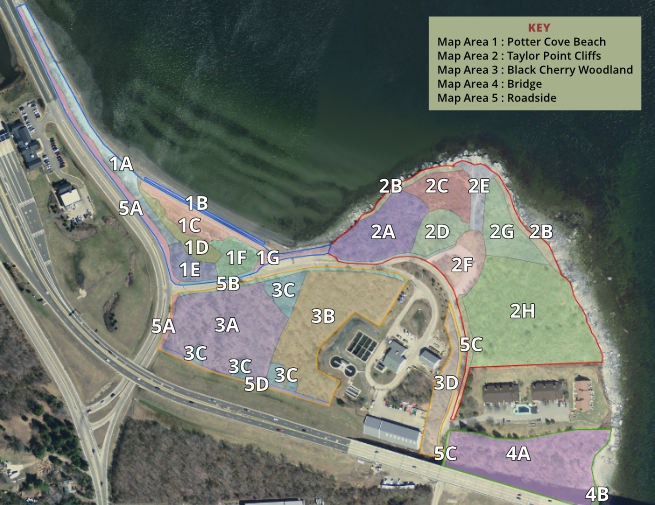Common Name: Glossy Buckthorn
Specific Name: Frangula alnus
Known Occurrence at Taylor Point:
Map areas: Cliffs 2B, Woodlands 3A, Woodlands 3B, Woodlands 3C, Woodlands 3D
Category: Invasive, Non-Native, Shrub
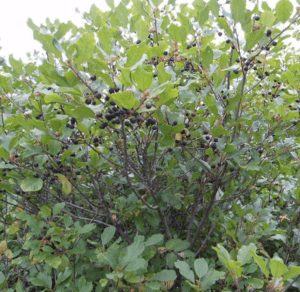
Ecological Considerations:
Glossy buckthorn is a shrub or small tree that can grow as high as 20 feet. It is both sun and shade tolerant and grows in a wide variety of soil and moisture conditions, from wet to very dry. It often thrives in pastures, along fence rows, by roadsides, in wetlands, and along woodland edges. Its flowers are greenish-white and have 5 petals. It has fruits which change from green to red to black in as they mature in September
Problems Posed by this Plant:
Glossy buckthorn thrives in a wide range of habitats, grows rapidly. It has an extensive root system and produces a bounty of flowers and fruits throughout the growing season. Birds disperse its seeds. The glossy buckthorn can form dense thickets and out-compete native species. They form leaves very early in the growing season and keep their leaves late into the fall helping to shade out native trees, shrubs and wild flowers.
Native Species Affected by this Plant:
Factors Affording a Competitive Advantage to this Plant:
Since it leafs out early in the growing season and maintains its leaves well into the fall, its shade can cause the decline or elimination of native species. Buckthorns also monopolize nutrients and water, further degrading conditions for those plants in their understory.
Propagation Mechanisms and Related Issues Affecting Efforts to Remove and/or Eliminate this Plant from Taylor Point:
When ingested, the berries act as a potent laxative – which is why birds are such effective dispersers of seed.
Documented Best Removal Practices and Options/Pros and Cons of Various Options:
Buckthorns are most effectively eliminated by removing isolated plants before they form dense thickets and before they begin to produce seeds. In early spring, immediately after leaf and flower formation, hand-pull seedlings and small saplings. Those that are too large to pull can be cut down repeatedly to reduce plant vigor. Cut them twice during the growing season, preferably in early June and late August for two or three successive years.
Cut mature plants and cover the cut stumps with Buckthorn Baggies.
Buckthorn also can be girdled in spring and summer for effective eradication.
Burning can be a useful supplement to other control methods; burn with propane torch where densities are high. Seed-producing female plants should be eliminated first.
Case Studies of Removal Efforts, Lessons Learned and Recommendations:
Additional Photos:
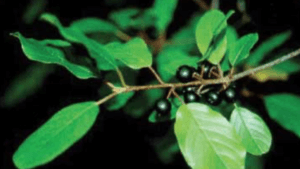

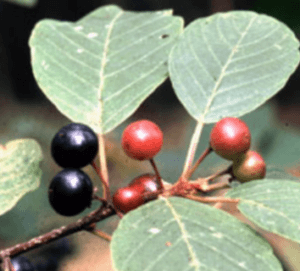
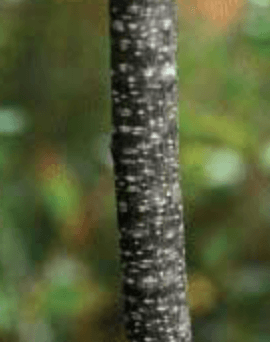
Sources cited:
Midwest Invasive Species Information Network
URI College of Environment and Life Sciences
Invasive Plant Atlas of New England
U S Forest Service
Suzanne Enser, TPRA CRMC Permit Request Support paper
Key Words:
Shrub;
Glossy Buckthorn
Frangula alnus
Seed – Berries Drupes;
Taylor Point Cliffs
Black Cherry Woodland
2B, 3A, 3B, 3C, 3D
